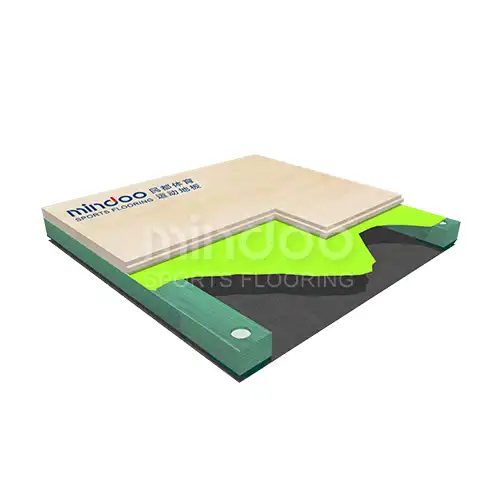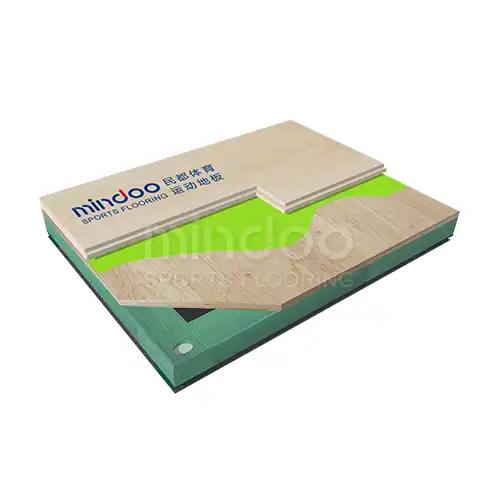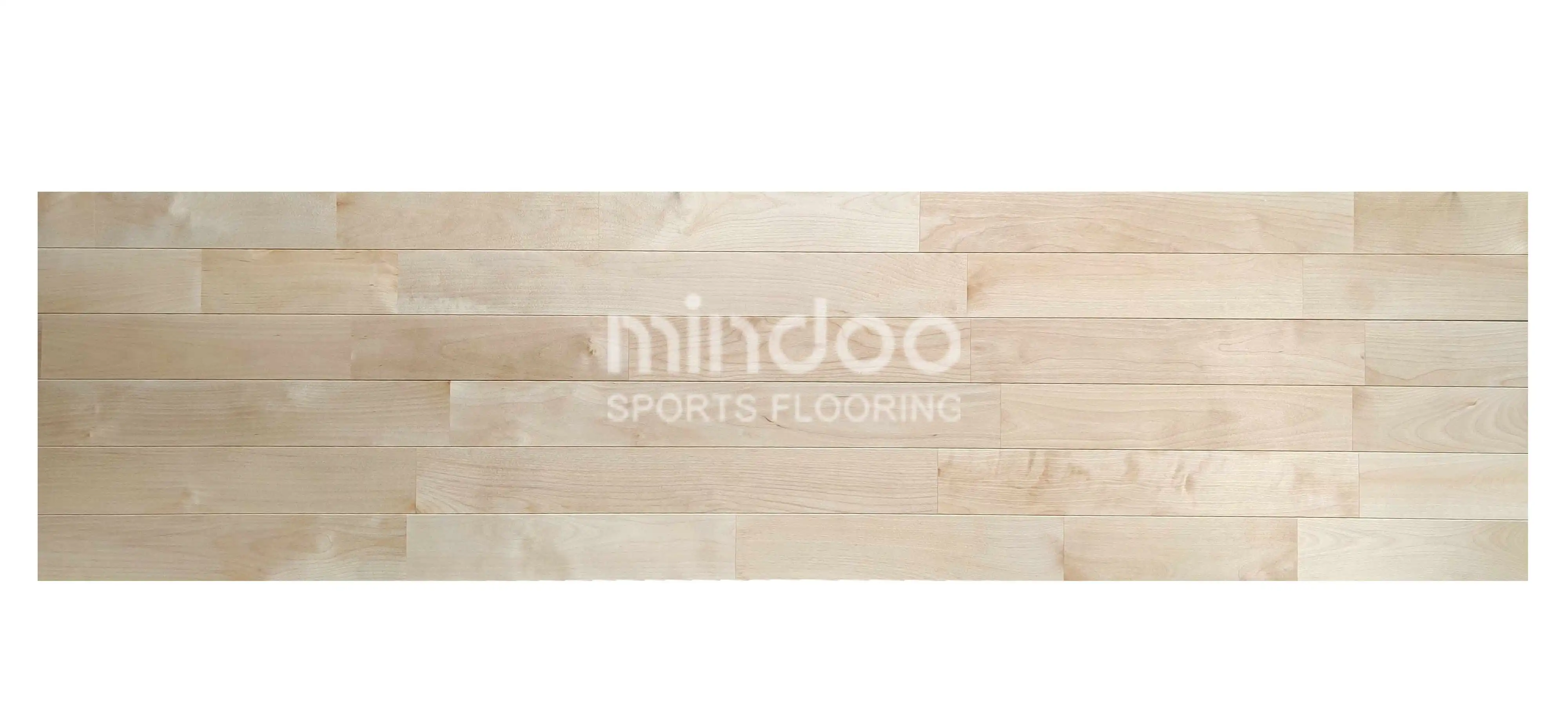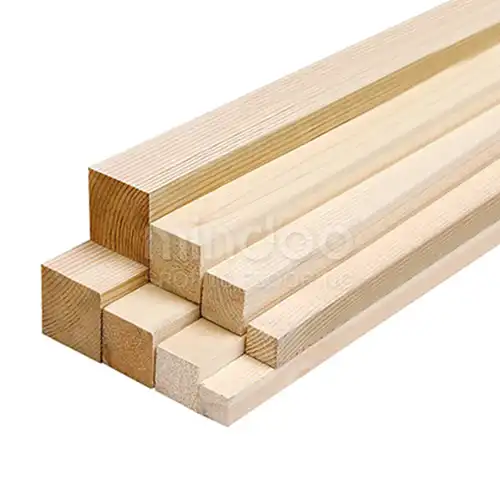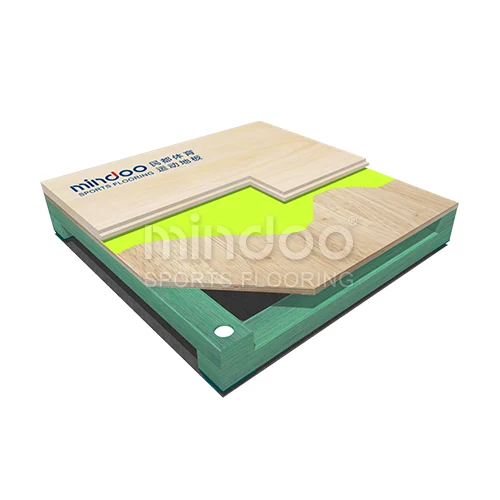How to deal with wooden floors soaked by rain?
In many sports venues, wooden floors are widely used due to their durability and comfort. However, once exposed to unexpected water damage, especially rainwater, the extent of the damage to the floor is often significant. Rainwater not only affects the floor’s appearance but can also compromise its structural integrity, impacting its performance for sports activities. In this context, how to properly address the issue of wooden floors soaked by rainwater has become a pressing challenge for many venue managers.
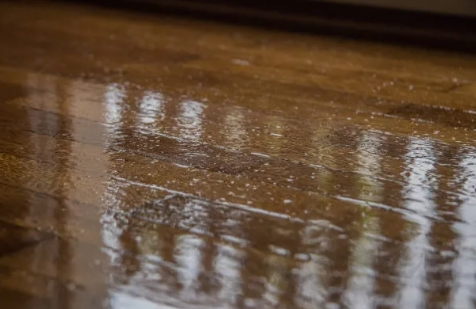
Far-reaching Impact: The Hazards of Rainwater Exposure
According to research by the International Wood Protection Association (IWPPA), rainwater damage to wooden floors is not limited to surface slipperiness. Water can seep into the wood, causing swelling, warping, and even rotting. A report from the China National Forestry and Grassland Administration indicates that if a wooden floor is exposed to moisture for more than 48 hours, the wood may experience irreversible swelling and cracking, leading to damage that cannot be repaired.
Additionally, the moisture trapped within the wooden floor can promote the growth of mold and fungi, an issue that becomes more severe in damp environments. The growth of mold not only detracts from the aesthetic of the floor but also poses a health risk to athletes, particularly during long-term use for training and competitions.
Treatment Methods: Combining Precision and Scientific Approaches
Once a wooden floor is soaked by rainwater, immediate professional intervention is crucial. The first step is to promptly remove the water. In cases of significant flooding, water extraction equipment and pumps should be used to minimize the duration of water infiltration into the wood. At this point, it’s essential to avoid using fans or high-temperature equipment for drying too quickly, as rapid drying can lead to surface cracking and damage to the overall structure of the floor.
Next, the floor should be dried in an environment with low temperature and low humidity. According to the US Wood Processing Institute, the ideal drying environment for wood should be maintained at a temperature between 20°C to 25°C and a humidity level of around 50%, to prevent thermal expansion and contraction from occurring too rapidly.
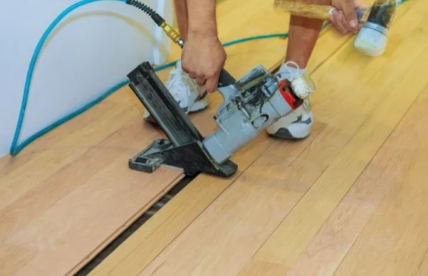
Additionally, regular monitoring of the moisture content of the wood is an important step in preventing further damage. Based on experimental data from the China Academy of Building Research, wood with a moisture content above 15% is likely to undergo significant physical deformation. Therefore, the moisture content of the floor should be kept below 10% to ensure its structural stability and safety.
Efficient Repair: Is It Worth Repairing?
In many cases, despite rigorous drying processes, the floor may still suffer from irreparable cracks or warping. A report from the World Sports Facilities Association (WSFA) indicates that over 30% of water-damaged wooden floors lead to venues becoming unusable. In such cases, replacing the damaged portions of the floor or even the entire floor may be necessary. Selecting the right type of wood for replacement is particularly important. The European Wood Technology Association recommends prioritizing wood species such as birch or maple, which are more resistant to moisture, in order to prolong the floor’s lifespan.
The process of repairing wooden floors soaked by rainwater is far from straightforward. Professional techniques and scientific judgment are crucial throughout the process. Timely intervention, accurate humidity control, and precise repair decisions are all foundational to ensuring that the venue can continue to operate safely and effectively. Whether restoring or replacing, choosing the right professional team and materials is key to providing a safe and stable environment for athletes and spectators. In daily venue management, preventing such incidents from occurring in the first place might be something every manager should consider more deeply.
